9 Interesting Ways To Discipline a Pug
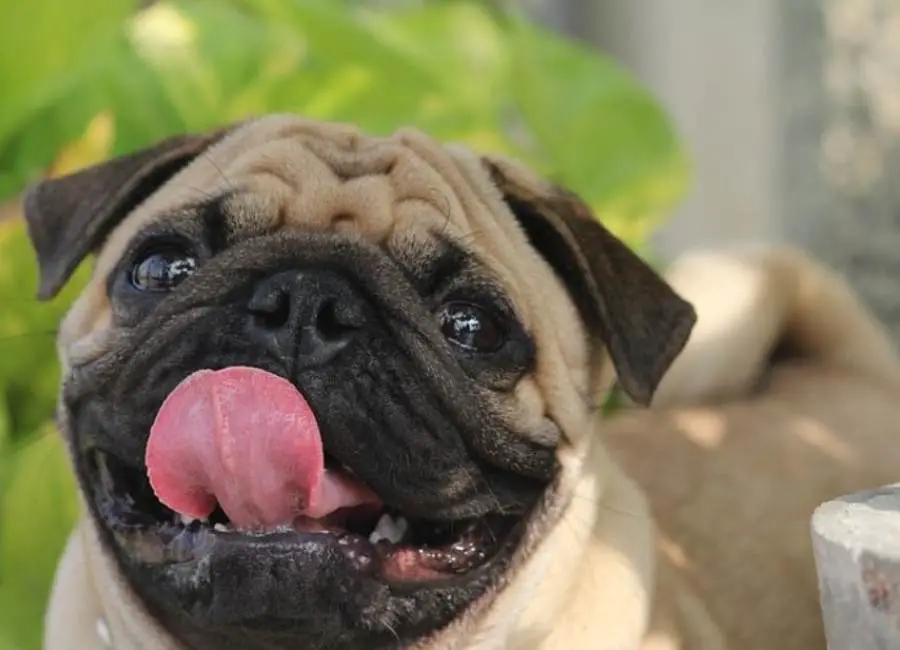
When thinking of the best ways to discipline a pug, positive reinforcement should always be your option as not yelling or beating.
Pug dogs are known for their sweet and loving nature, making them perfect companions for the home and the best dog. However, they can be difficult to train if you don’t know how to do it right.
In this article, we’ll look at some of the best ways to discipline your pug without turning into a dictator!
Ways To Discipline a Pug
The following are some common ways to discipline a pug the right way:
1. Create house rules and stick to it
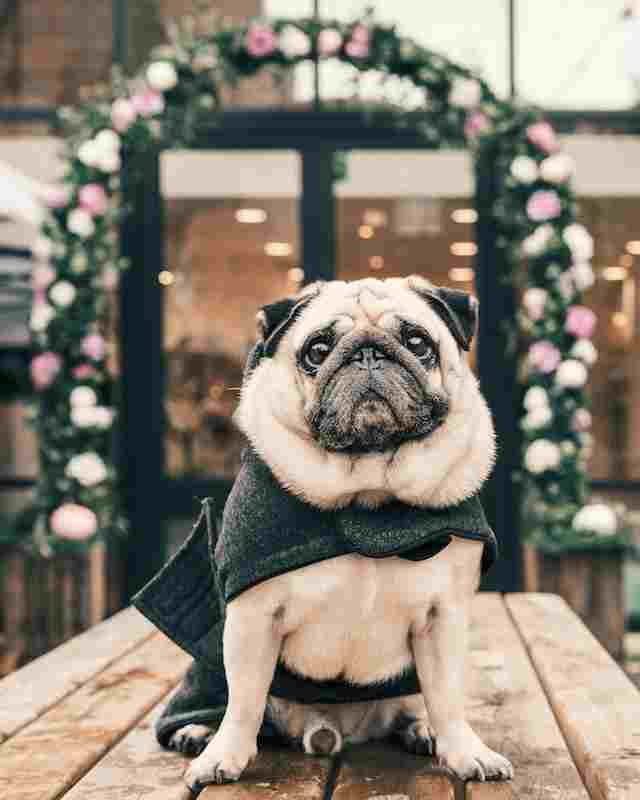
One of the best ways to discipline a pug is to never allow any unwanted behaviors around you and your pug.
The easiest way to do this is to make a set of house rules that your pug should follow.
Without house rules, you will have trouble living with pets, especially pugs who have dominance issues.
Here are some things to keep in mind:
- Always keep your dog on a leash when in public.
- Clean up after your dog.
- Do not leave your dog alone in the house.
- Do not let your dog roam free.
- Train your dog in obedience.
2. Don’t force discipline
Do not punish your dog if they don’t understand what you want or need them to do.
This can cause serious stress and anxiety in dogs, who tend to be sensitive creatures that are easily upset by things they don’t understand.
Don’t punish your dog if they are afraid of something, such as a scary person or animal.
If your dog becomes scared when someone walks up behind him/her, he/she may start barking at the person and possibly even bite him/her! That’s not good!
Don’t punish your pup if he’s just being playful and having fun with his toys right now–that’s normal behavior for puppies!
3. Don’t scold and make corrections in the act
A Pug is an incredibly loyal and affectionate dog, so when you praise your pug for good behavior, it’ll be more likely to repeat the behavior in the future.
It’s also important not to be afraid of giving treats for good behavior as well!
If your Pug does something that he didn’t do before, give him a treat or two (or even three).
This will encourage him to keep up his end of the bargain and continue doing things right.
Remember to make your corrections when your pug is doing what you dislike and not after his done.
4. Choose a word of praise to associate with good behavior
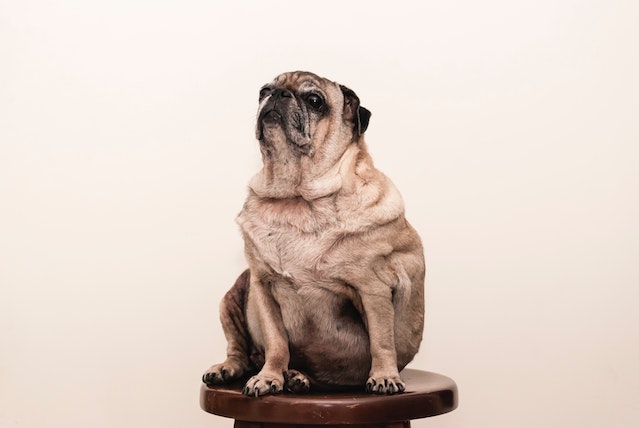
Choose a word of praise to associate with good behavior, also make sure your pug gets used to the word.
This is especially important if your dog has been using naughty words and bad manners because you want to allow her to associate positive things with those words and behaviors.
For example, if she’s been saying “I’m done!” when you ask her to fetch something from the bottom of the stairs, try saying “Good dog!” in response instead.
5. Ignore bad behavior
Sometimes you will get better results if you ignore bad behavior in your pug. It is important not to become angry with your dog because this only encourages him or her to repeat the same behavior again.
If he barks at everything and won’t stop when told, then ignore him until he stops barking. If your puppy doesn’t listen at all when asked politely but does anything else that annoys you (such as jumping up on people), then tell them off for doing so!
Don’t punish them by giving them a time out or yelling at them—they don’t understand why they are getting punished in these ways either way!
Instead, ignore their bad behaviors and try again later on when things have calmed down a bit more after having been corrected the first time around (which should happen eventually).
6. Be firm while remaining calm and in control
Discipline your pug the right way, and you’ll be able to keep your dog from getting into trouble.
While it’s important to stay calm during this process, it’s also important that you don’t let your emotions get in the way of disciplining your pup.
If you’re angry or frustrated with him, he won’t feel like he needs to listen and obey because he knows that there will be consequences if he fails (and likely won’t listen at all).
Don’t yell! Yelling is not effective when trying to teach an animal a lesson—they can sense when someone is upset and scared. So they will react accordingly by being more aggressive or stubborn than normal.
Don’t hit! Hitting dogs sends mixed signals about how serious things are; hitting sends mixed signals about what kind of behavior brings on physical punishment.
7. Always use positive reinforcement
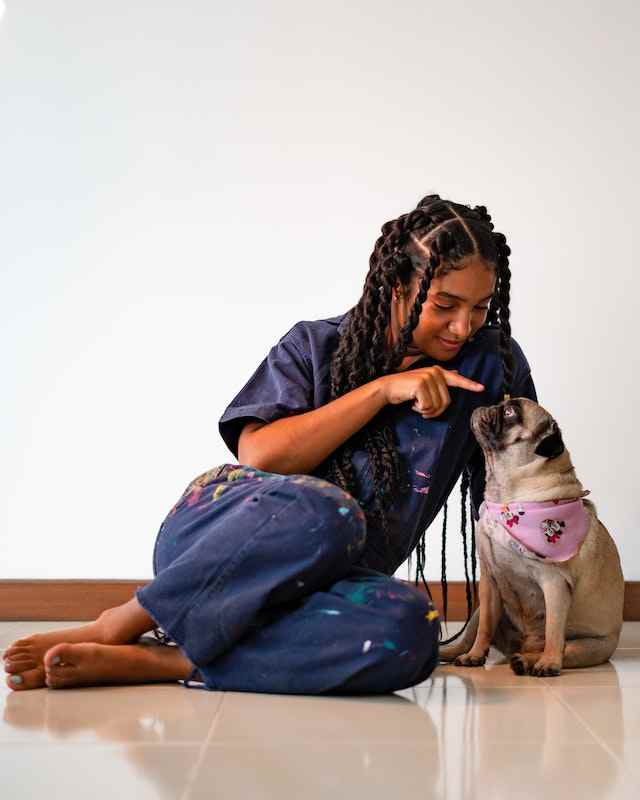
One of the most important things you can do for your dog is to provide positive reinforcement training. This means rewarding your dog when he or she does what you want them to do.
This can be done in a number of ways, but the most important thing is to make sure that the rewards are appropriate for your dog and that they are given frequently. One of the best ways to provide positive reinforcement for your dog is to use treats.
This can be as simple as giving your dog a biscuit after he or she has done something you want them to do. Or as complex as setting up a special game where your dog gets a treat for getting a certain result.
8. Give your pug a 60 seconds time-out
Give your pug a 60-second time-out if it is acting hyperactively, bothering another pet, or violating your commands.
To help your pug remember what it’s missing and avoid adjusting to its new surroundings, keep the time-out in a dull, unpleasant setting. Pug timeouts shouldn’t last longer than 60 seconds because doing so will make them unhappy.
It could be necessary to repeat the strategy multiple times before your pug understands that its turn has come as a result of particular conduct.
Give your pug a timeout while they are still acting inappropriately rather than after they have finished doing inappropriately.
9. Be consistent when disciplining your dog
When disciplining your dog, be consistent with your rules and punishments. This will help your dog learn that behavior is not always tolerated.
You should also make sure your punishment is appropriate for the offense.
For example, if your dog is barking, it may be best to use a verbal reprimand instead of a physical punishment such as a swat.
- Be consistent with your training.
- Make sure you are consistent with your training.
- Be consistent with your methods, rewards, and punishments.
Learn more about the most important pug training tips.
What to avoid when disciplining a pug
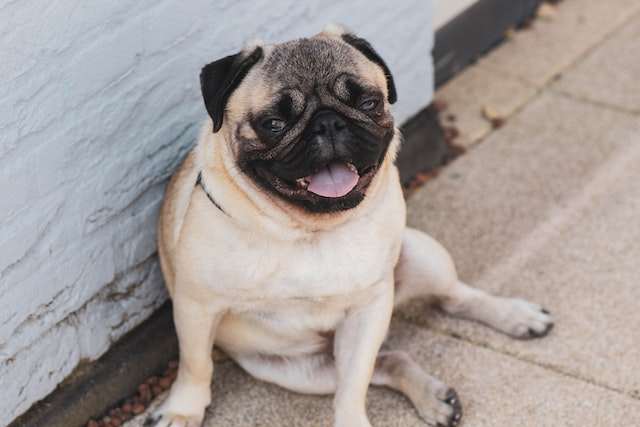
The following are things to avoid when disciplining your pug;
- Never sprinkle water on your Pug’s face.
- Never make your pug suffer by forcing its mouth into its own feces or urine.
- Avoid yelling at your pug as a form of discipline.
- A time-out for your pug should not last longer than 60 seconds.
- Avoid yelling at or punishing your pug physically.
- The tail of your pug should never be pulled.
- Don’t penalize your pug by neglecting his water bowls; keep them tidy.
- Never punish your pug by leaving him home alone for an extended period of time.
- No of the circumstances, euthanizing your pug is never a wise idea.
- Don’t punish your pug by leaving him or her alone in the dark.
Learn more about mistakes to avoid when training a dog.
Related Questions
How can I discipline my Pug without being too harsh?
Pugs are sensitive dogs, so it’s important to discipline them in a gentle yet firm manner. Avoid using physical punishments and instead use positive reinforcement training techniques. For example, rewarding good behavior with treats or toys can be an effective way to encourage your Pug to repeat this behavior.
Learn more about socializing your pug.
What are some behaviors that I should not tolerate in my Pug?
It’s important to discourage behaviors that could harm your Pug or others, such as biting, growling, or jumping on people. You should also discourage destructive behavior, such as chewing on furniture or shoes.
Learn more about pug behavior problems.
Is it okay to use a shock collar to discipline my Pug?
No, using a shock collar or any other type of aversive training method is not recommended as it can harm your Pug physically and emotionally. Positive reinforcement is a safer and more effective way to train and discipline your Pug.
Learn more about the common citronella dog collar side effects.
Should I discipline my Pug for accidents or mistakes?
Accidents and mistakes happen, especially with younger Pugs who are still learning. Instead of punishing your Pug, focus on preventing accidents by ensuring they have easy access to a designated potty area and are let out regularly. When accidents do happen, use positive reinforcement to encourage your Pug to go in the designated potty area instead.
How can I stop my Pug from barking excessively?
Excessive barking can be a problem with Pugs, but punishment is not the best method of dealing with it. Instead, try to identify the cause of the barking and address it. For example, if your Pug barks at strangers, you could socialize them to help them feel more at ease around people.
Can I discipline my Pug after the fact for something they did wrong earlier?
It’s not effective or fair to discipline your Pug for something they did in the past. Instead, focus on preventing unwanted behavior in the future by using positive reinforcement to encourage better behavior and redirecting them when necessary.
Conclusion
We hope you’ve enjoyed this article and learned a few new ways to discipline your Pug!
Remember, consistency is key when training pug, so don’t go too harsh on one day and then be nice on another.
Always praise them when they do something good or ignore their misbehavior altogether so that they know what behavior will bring rewards (or avoid punishment).
